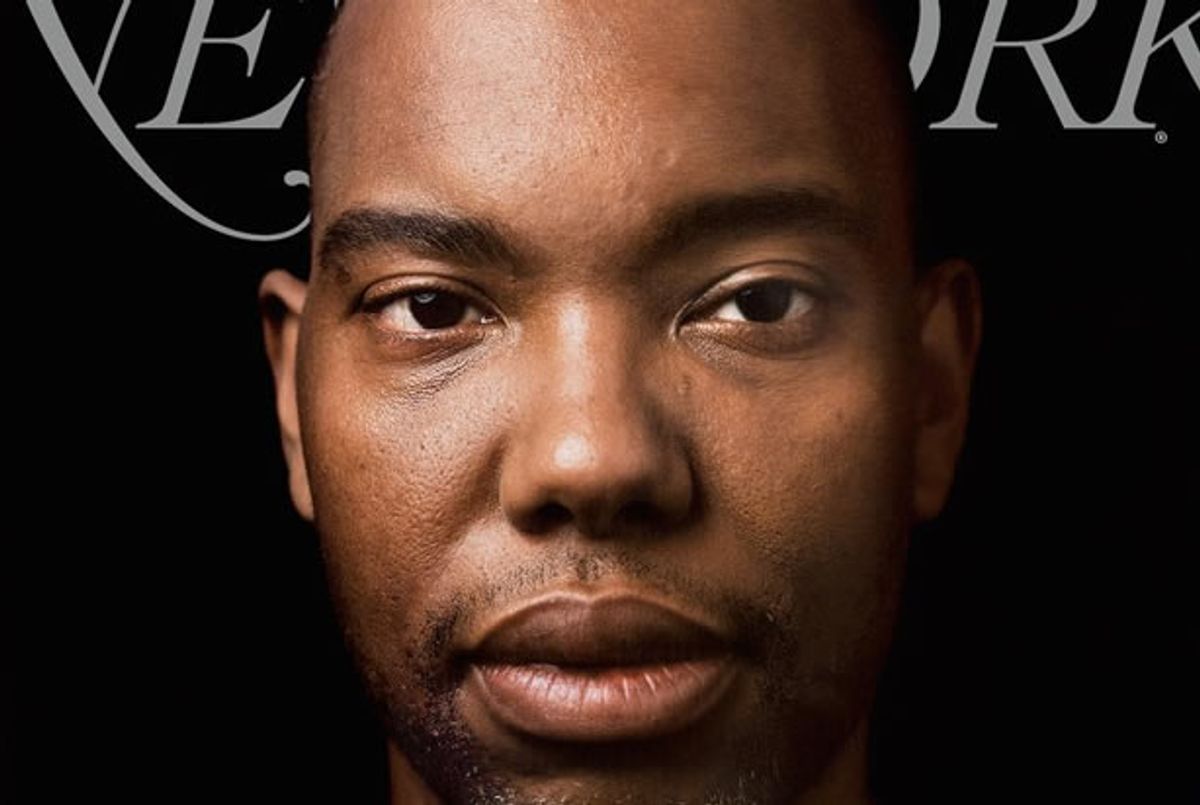Every year the national conversation shifts, with certain words dropping out of currency, new words coming in, and some existing terms changing their meanings. This year was one in which a divisive political campaign heated up, gender issues became more explicit, and racial violence dominated the news.
How did the American language change, with all this going on? We spoke to Columbia University professor of linguistics John McWhorter – author of numerous books including “The Language Hoax: Why the World Looks the Same in Any Language” and “Authentically Black: Essays For the Black Silent Majority.” The interview has been lightly edited for clarity.
Were there terms in 2015 that acquired new shades of meaning?
In 2015, the term “black body” became more mainstream, more current. It’s been used by academics for decades. But it’s now in journalism and educated conversation in a new way. Its new currency started with discussion of Michael Brown and other unarmed black men who’ve been killed. Then Ta-Nehisi Coates uses it in his book [“Between the World and Me”] and in a lot of interviews. It’s now part of the general discourse on race.
There’s something that’s linguistically interesting about it. Most Americans know you can usually hear that a person is black even if you can’t see them and even if they’re not using any slang. I sometimes call it the "blaccent." The blaccent is mostly about the coloring of a few vowels – the "a" in cat and the "o" in hot. It happens that these two vowels are the two in “black bodies.”
When a black person says the term, they’ll [usually] use subtle colorations of these vowels. There’s a rhetorical power to it. Even though we’re not conscious of this, it has a powerful effect on our subconscious.
I don’t mean some kind of Southern twang or anything we’d associate with quote-unquote “ghetto.” I'm talking about a very slight difference, but it registers.
What else happened this year?
In 2015 I think it became more acceptable to use the word “they” in the singular. We’re told not to do that. As a linguist who argues against arbitrary policing of language, I’ve found this a tough nut to crack.
But today, the conceptions of gender identity are changing so fast, we need a general neutral singular pronoun. The mundane fact is that it’s almost impossible to introduce a brand-new pronoun – it’s much easier to use something that’s already there.
Elegant writers have been using they in the singular since the Middle Ages.
What about a word or term that’s closer to brand new?
The term “manspreading” really took flight in 2015. There was already “mansplaining,” which became popular about five years ago. “Manspreading” is based on that model, so “man” is being used as a new kind of prefix. I would predict that there will be a new term in a few years. It seems like the beginning of a new piece of grammar. Which is not always something you can see close up.
What is behind insistence by conservatives that other people use the term “radical Islam”? They seem to want President Obama to use the term constantly.
Social media has a lot to do with it: We’re talking at each other. Talk contrasts with writing in a number of ways. Talk is choppy, writing is fluid. Talk is personal, writing is impersonal. Talk is hot, writing is cool.
When Republicans urge that we not try to be polite to people who despise us, it’s hard to see what the purpose would be. It would seem what so offends Republicans is that we are not speaking with “balls.” Of what purpose would speaking with balls serve? No radical Islamist is going to run because we use the term.
It seems symptomatic of the general heat we have these days. It’s grown men saying, “Go get ‘em!” rather than playing the long game.
Was language more “hot” in 2015?
I would say that it’s been hotter in 2015 –we’re seen a general 21st century shift. It really started with the 24-hour news cycle – that’s step one. Step two is broadband cable, so you can be online any time and watch videos a lot. YouTube became step 2.5. And then social media is step three.
Twitter becomes 3.5 because it allows you to sock away one sentence. That’s called fighting – that’s how people fight.
The old world was hardly polite. But now we can get up in each other’s faces so easily.

Shares